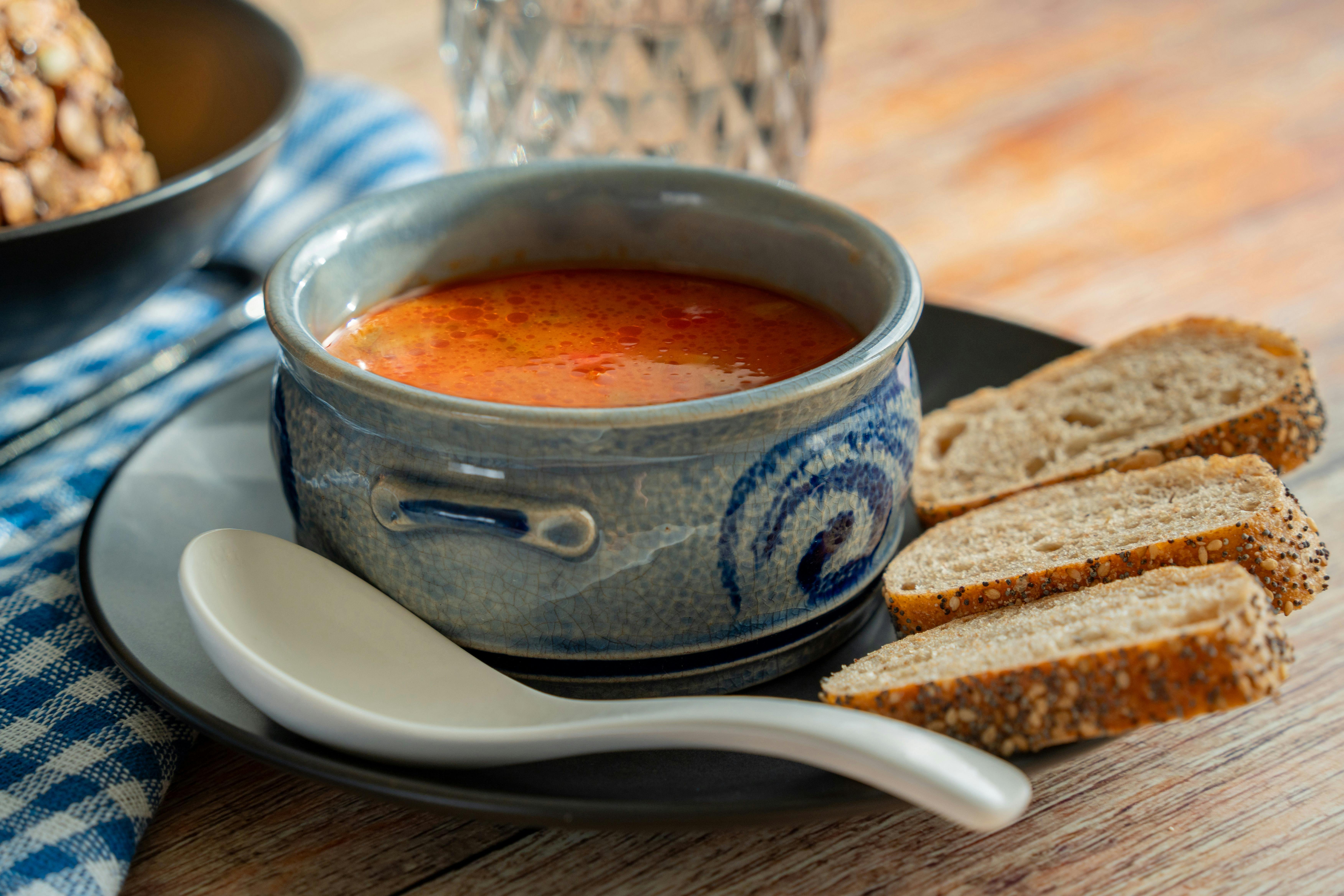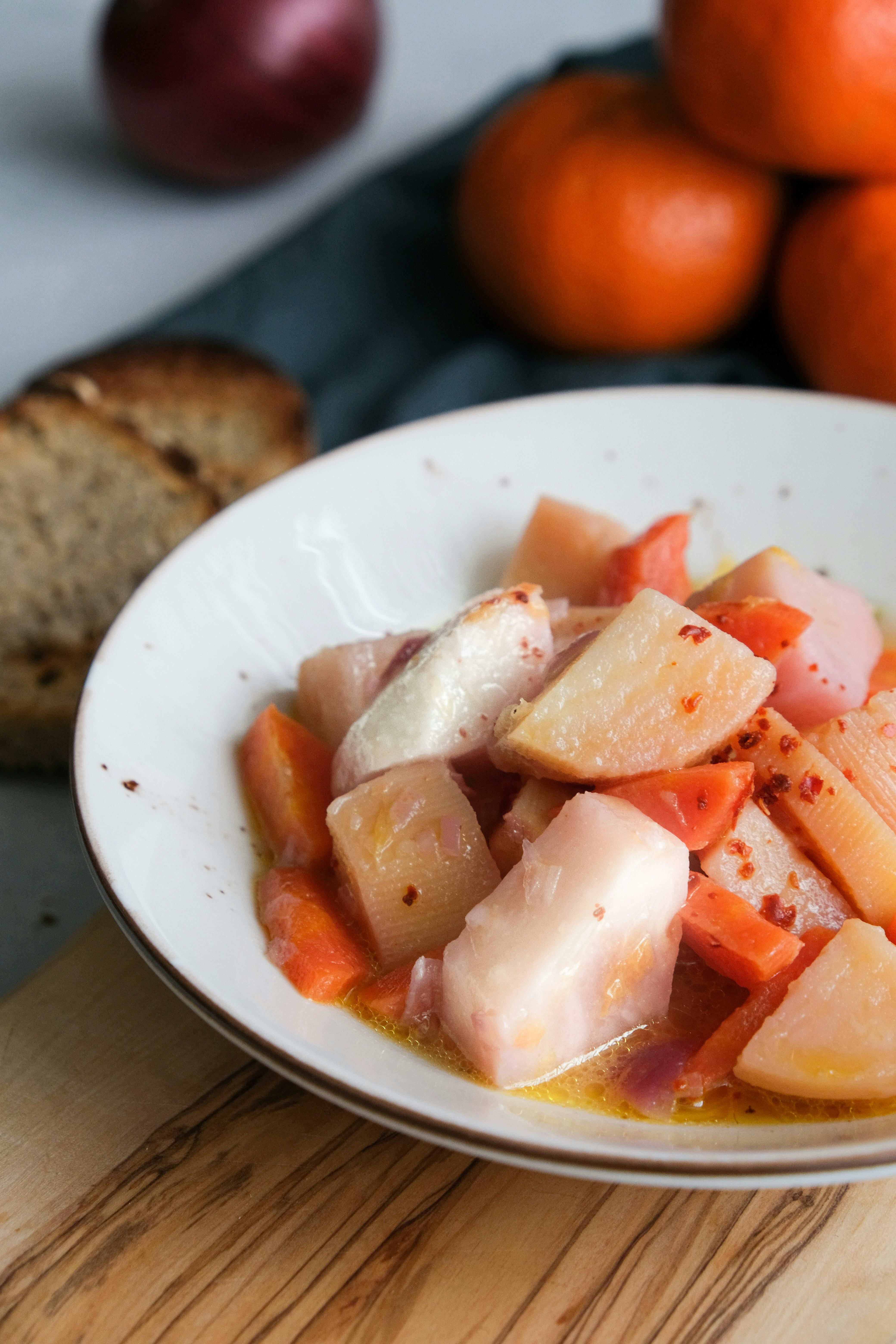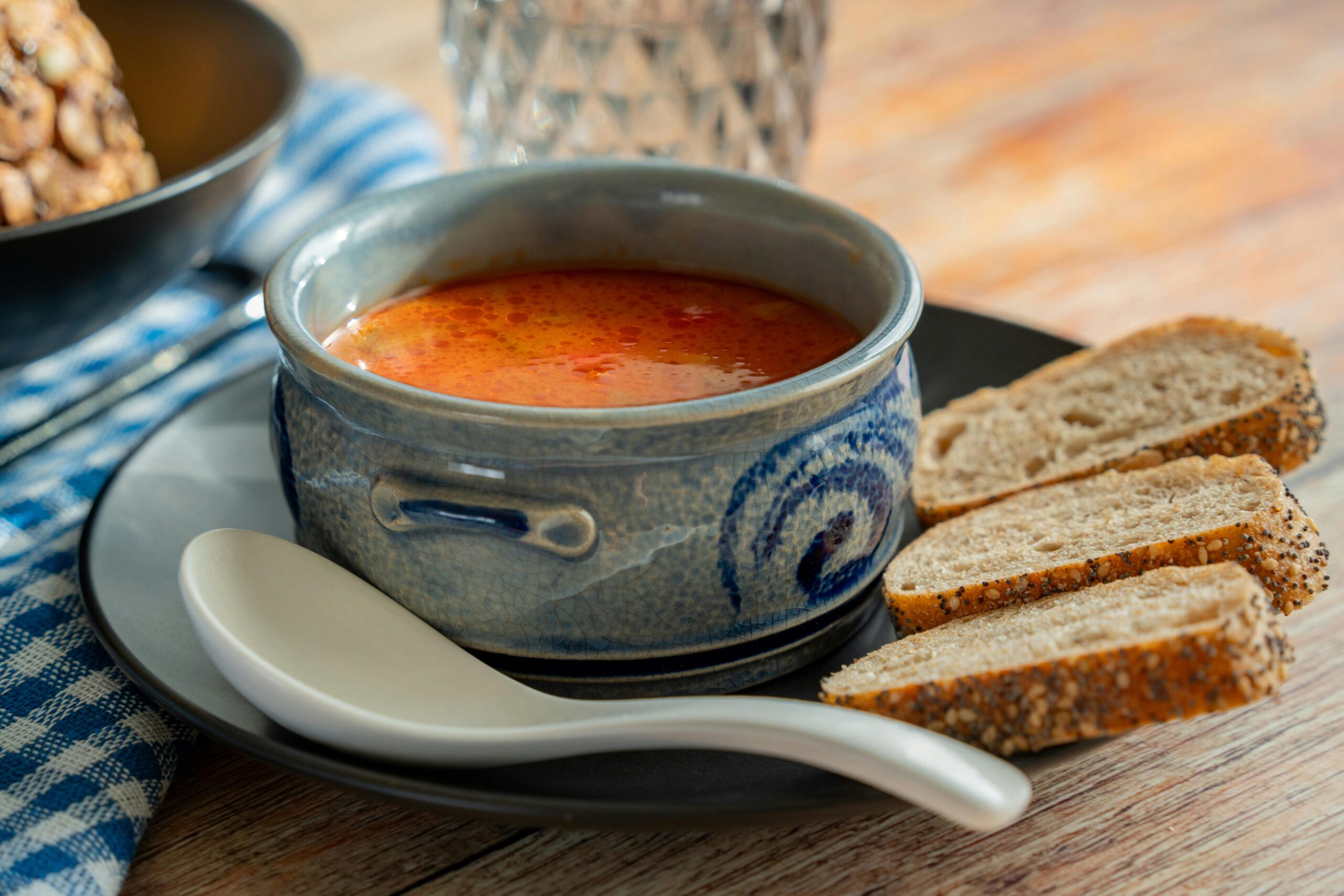Thai Stew Recipe: A Delicious and Authentic Guide
Looking for a hearty, flavorful dish to brighten up your dinner table? A Thai stew is the perfect solution, combining aromatic herbs, spices, and tender ingredients into one deliciously satisfying meal. Thai cuisine is known for its balance of flavors—spicy, sour, sweet, and salty—and when it comes to stews, this balance is on full display. In this article, we’ll dive deep into a traditional Thai stew recipe, explore the ingredients and techniques, and offer practical tips to make your own perfect bowl of Thai comfort food.

Understanding the Fundamentals of Thai Stews
Before we dive into the recipe, it’s essential to understand the core elements that make Thai stews unique. Thai cuisine relies heavily on the balance of five key flavors—spicy, sour, sweet, salty, and bitter. Each of these flavors plays a role in creating a stew that is rich in depth and complexity. The beauty of Thai stews lies in how these ingredients come together in harmony.
In addition to flavor, the ingredients in Thai stews are often fresh and vibrant, including herbs like lemongrass, galangal, and kaffir lime leaves, as well as vegetables and proteins like chicken, beef, or tofu. The cooking technique, which often includes simmering the ingredients slowly, allows the flavors to infuse and meld together over time.
1.1 The Importance of Fresh Ingredients
One of the main factors in creating an authentic Thai stew is the use of fresh ingredients. Fresh herbs, in particular, elevate the flavor profile of the dish, giving it a vibrant, fragrant aroma. For example, lemongrass adds a citrusy fragrance, while kaffir lime leaves offer a unique, zesty flavor.
Using fresh produce not only ensures the stew is packed with flavor but also contributes to the stew’s health benefits. Vegetables like mushrooms, carrots, and baby corn are commonly used in Thai stews, providing a range of textures and nutrients that make the dish both delicious and nourishing.
1.2 The Role of Spices and Aromatics
In Thai stews, spices and aromatics are essential for building a flavorful base. While chili peppers bring heat, other ingredients such as garlic, ginger, and shallots provide an aromatic backbone. The use of fish sauce or soy sauce adds saltiness and umami, creating a deep, savory foundation that enhances all the other flavors in the dish.
These ingredients not only provide heat and complexity but also support the medicinal qualities of Thai food. Ginger, for instance, is known for its digestive benefits, while garlic and chili can help with circulation and boost the immune system.
Practical Implementation Guide
Now that we’ve explored the fundamentals, let’s walk through the steps involved in preparing an authentic Thai stew. With a few simple techniques and ingredients, you can create a flavorful dish that transports you straight to Thailand.

2.1 Actionable Steps
- Step 1: Prepare the Base – Start by sautéing your aromatics. Heat a little oil in a large pot and cook the garlic, ginger, and shallots until fragrant. Add your fresh herbs, such as lemongrass and kaffir lime leaves, and sauté for another minute.
- Step 2: Add the Protein and Vegetables – Choose your protein—chicken, beef, or tofu—and add it to the pot. Stir to combine. Add vegetables like mushrooms, carrots, or baby corn. Let the ingredients cook together for a few minutes to allow the flavors to blend.
- Step 3: Simmer and Season – Add your broth—chicken or vegetable—and bring to a simmer. Season with fish sauce, sugar, and chili paste. Allow the stew to cook for at least 30 minutes, until the protein is cooked through and the flavors have melded together.
2.2 Overcoming Challenges
When making a Thai stew, there are a few common challenges that you may face, but don’t worry! Here’s how to overcome them:
- Flavor Balance: Thai stews rely heavily on achieving the right balance of flavors. If your stew tastes too salty, add a little sugar to balance it out. If it’s too sour, add more sweetness.
- Texture: Be mindful of the cooking times for different ingredients. For example, mushrooms and baby corn cook quickly, so add them near the end of the simmering process to prevent them from becoming mushy.
- Spiciness: If the stew becomes too spicy, add coconut milk to mellow out the heat. It’s a common trick in Thai cuisine to soften the spiciness while keeping the flavor intact.
Advanced Applications
Once you’re comfortable with the basics of Thai stews, there are several advanced techniques that can take your cooking to the next level. These methods will add depth and complexity to your dish, making it stand out even more.

3.1 Slow Cooking for Maximum Flavor
One advanced technique is to slow cook your Thai stew. While a quick simmer works in most cases, slow cooking allows the ingredients to release their full flavor potential. This method is particularly effective when using tougher cuts of meat like beef or pork, as the extended cooking time tenderizes the meat, allowing the stew to become even more flavorful.
Slow cooking also helps the spices and herbs infuse into the broth, making for a richer and more aromatic dish. Consider using a slow cooker or a Dutch oven for this method, as they retain heat well and help to maintain a consistent cooking temperature.
3.2 Incorporating Regional Variations
Thai stews can vary significantly depending on the region. For example, in southern Thailand, you may find stews made with coconut milk and seafood, while northern Thai stews often feature more earthy flavors and ingredients like curry paste or chili oil.
If you want to experiment, try incorporating regional variations into your stew. Add some shrimp and coconut milk for a southern twist, or try using a red curry paste for a spicier, more robust flavor typical of northern Thailand.
Future Outlook
The world of Thai cooking continues to evolve, with new techniques and trends emerging every year. One trend to watch is the growing popularity of plant-based Thai stews. As more people move toward plant-based diets, Thai chefs are creating innovative stews that highlight vegetables, tofu, and other plant-based ingredients.
In the next few years, expect to see even more fusion dishes that combine traditional Thai flavors with global influences. Whether it’s incorporating superfoods into the stew or experimenting with new spices, Thai stews will continue to be a beloved dish that adapts to changing culinary trends.
Conclusion
Thai stews are a delicious, versatile dish that offer a perfect balance of flavors. Whether you’re a novice cook or an experienced chef, this recipe allows for plenty of creativity and customization. By understanding the fundamentals, following practical steps, and experimenting with advanced techniques, you can create a stew that’s rich, flavorful, and uniquely your own.
Now it’s time to get cooking! Grab your ingredients, follow the steps, and enjoy the delightful flavors of a homemade Thai stew. Happy cooking!
Frequently Asked Questions
- Q: What is the best protein for a Thai stew? Chicken, beef, and tofu are all popular choices for Thai stews. Choose the protein that best suits your taste preferences.
- Q: Can I make a vegetarian Thai stew? Yes! Simply use vegetable broth and tofu, and add plenty of fresh vegetables for a satisfying vegetarian option.
- Q: How long should I cook the stew? A typical Thai stew should simmer for 30-45 minutes, but you can slow cook it for a few hours to enhance the flavors.
- Q: How spicy should my Thai stew be? The spice level is entirely up to you. Adjust the amount of chili paste to suit your personal tolerance for heat.
- Q: What can I serve with a Thai stew? Thai stews are often served with jasmine rice or noodles. For a complete meal, consider pairing it with a side of fresh vegetables or a Thai-style salad.
- Q: Can I freeze Thai stew? Yes, Thai stew freezes well. Just make sure to let it cool before transferring it to an airtight container for freezing.
- Q: How can I adjust the flavor of my Thai stew? Taste your stew as it cooks and adjust the seasoning. Add more fish sauce for saltiness, lime juice for sourness, or sugar for sweetness.
